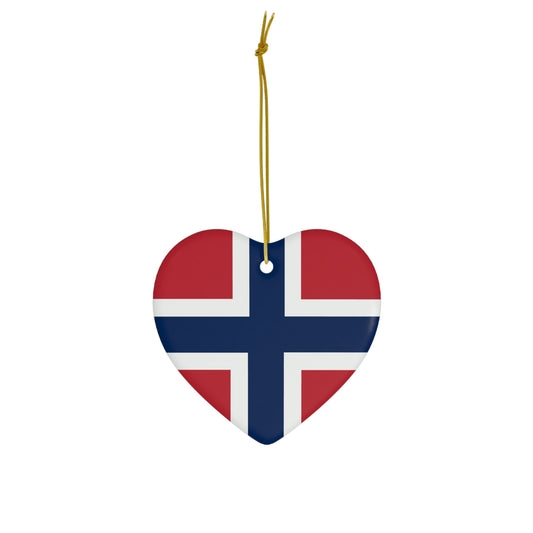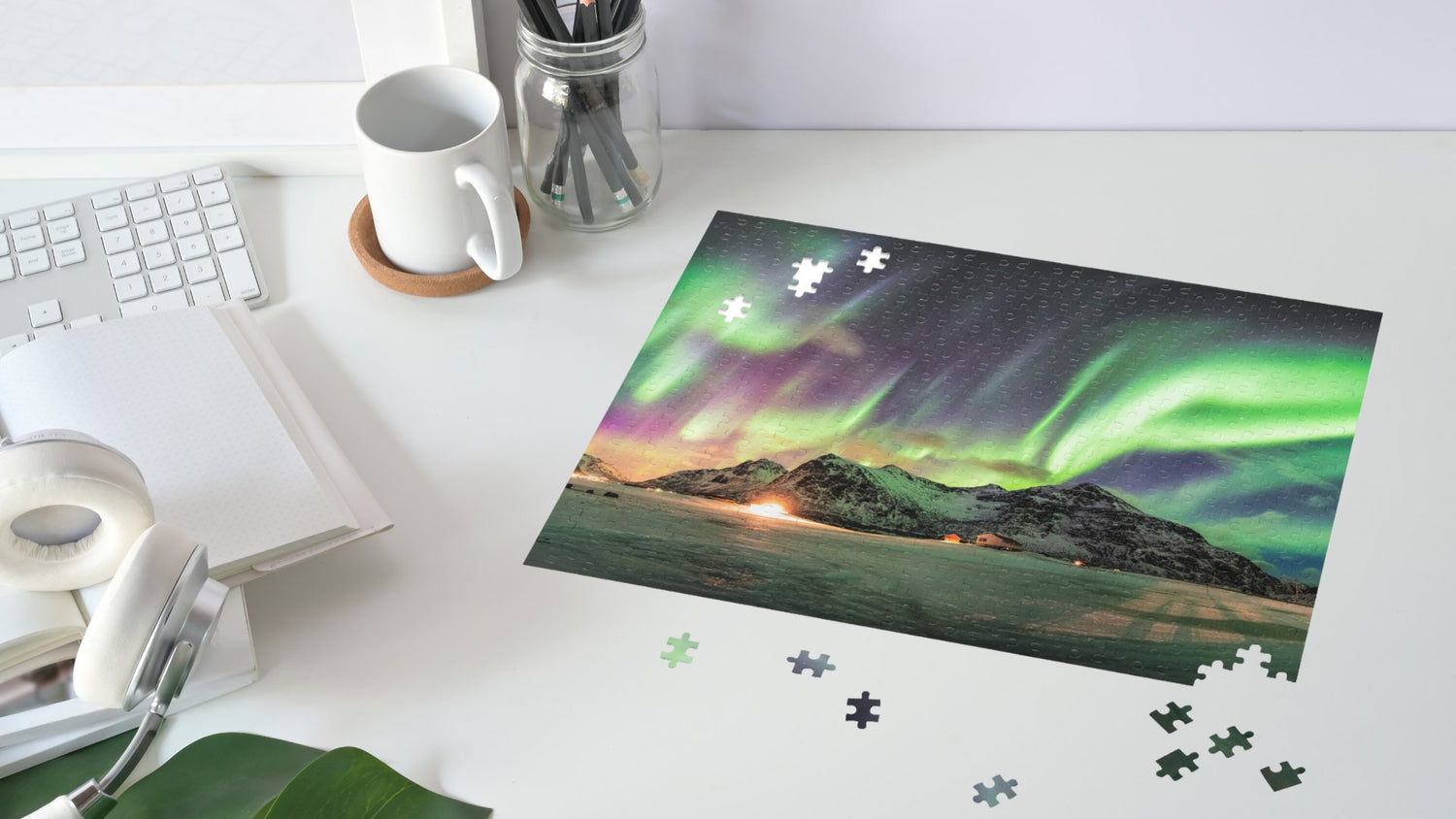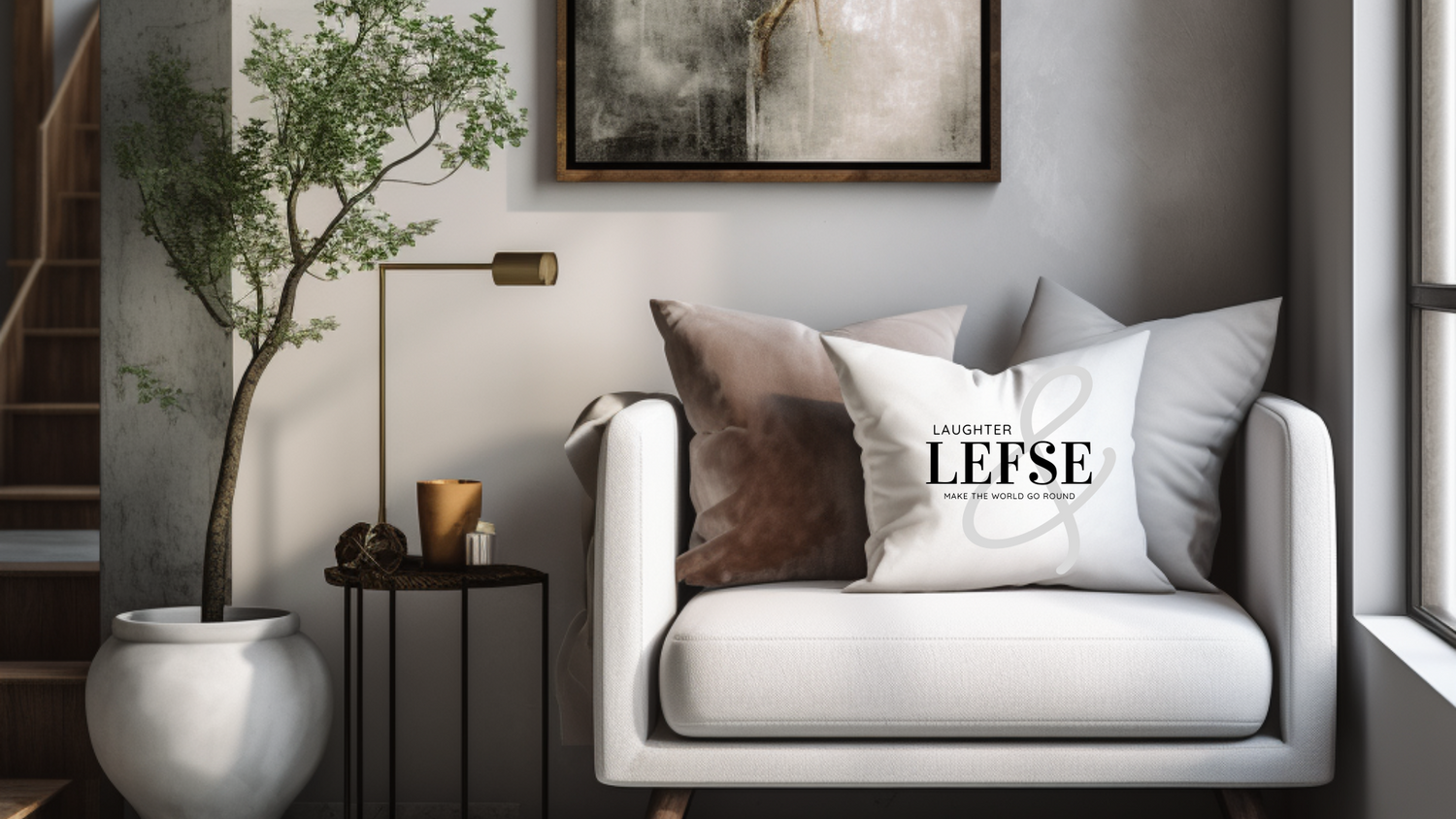
Welcome to the magical world of rosemaling, the traditional Norwegian art of decorative painting that breathes life into everyday objects. In this enchanting journey, we will explore the beauty and intricacy of rosemaling, uncovering its rich history and timeless appeal. Rosemaling, which translates to "rose painting," is characterized by its vibrant colors, floral motifs, and precise brushwork. Each stroke tells a story, capturing the essence of Norwegian heritage and culture. From wooden furniture and kitchenware to textiles and even buildings, rosemaling adorns every corner, turning the ordinary into extraordinary. As we delve into the art form's origins, you'll discover how rosemaling flourished in rural Norway, reflecting the creativity and craftsmanship of the people. With its distinct regional styles like Telemark, Hallingdal, and Rogaland, rosemaling showcases a tapestry of techniques and designs passed down through generations. Unlock the secrets of rosemaling and learn how to appreciate its delicate patterns, harmonious color combinations, and meticulous attention to detail. Whether you're an art enthusiast, a history buff, or simply someone who appreciates the beauty of handcrafted treasures, rosemaling will captivate your senses and inspire your imagination. Immerse yourself in the world of rosemaling, where the brush becomes a storyteller, and every stroke weaves a tale of tradition, beauty, and Norwegian heritage.

What is Rosemaling?

Rosemaling, which translates to "rose painting," is a traditional form of decorative painting that originated in rural Norway. It is characterized by its vibrant colors, floral motifs, and precise brushwork. Each stroke tells a story, capturing the essence of Norwegian heritage and culture. From wooden furniture and kitchenware to textiles and even buildings, rosemaling adorns every corner, turning the ordinary into extraordinary.

History and Origins of Rosemaling

The history of rosemaling dates back to the 18th century when it flourished in the rural areas of Norway. It was a way for the people to express their creativity and add beauty to their everyday lives. The art form gained popularity and became deeply rooted in Norwegian culture. Each region developed its own distinct style, with Telemark, Hallingdal, and Rogaland being the most well-known.
Different Styles and Techniques of Rosemaling
Rosemaling is known for its variety of regional styles, each with its own unique characteristics. The Telemark style is known for its bold, flowing designs and vibrant colors. Hallingdal, on the other hand, features intricate scrollwork and delicate flowers. Rogaland style is characterized by its geometric patterns and symmetrical designs. Each style requires different techniques and brushwork, making rosemaling a versatile and dynamic art form.

Tools and Materials Needed for Rosemaling
To create a beautiful rosemaling design, you will need a few essential tools and materials. The most important tool is a good quality brush with a fine tip, which allows for precise brushwork. Traditional rosemaling paints are made from natural pigments and are available in a wide range of colors. You will also need a palette, water containers, and a painting surface such as wood or fabric. With the right tools and materials, you can bring your rosemaling designs to life.

Step-by-Step Guide to Creating a Rosemaling Design

Creating a rosemaling design requires patience and attention to detail. Here is a step-by-step guide to help you get started:
1. Choose a design: Select a rosemaling pattern that inspires you. It could be a traditional design or something you create yourself.
2. Prepare the surface: If you are painting on wood, sand it smooth and apply a base coat of paint. For fabric, wash and iron it before painting.
3. Sketch the design: Use a pencil to lightly sketch the design on the surface. This will serve as a guide for your painting.
4. Start painting: Begin with the background colors and work your way towards the foreground. Use thin layers of paint and let each layer dry before applying the next.
5. Add details: Once the base colors are dry, add the intricate details such as flowers, leaves, and scrollwork. Use a smaller brush for finer details.
6. Finishing touches: After the paint has dried completely, apply a protective varnish or sealant to preserve your artwork.
By following these steps and practicing regularly, you can master the art of rosemaling and create stunning pieces of art.

Tips for Mastering the Art of Rosemaling

Here are some tips to help you improve your rosemaling skills:
1. Practice regularly: The more you paint, the better you will become. Set aside dedicated time to practice rosemaling and experiment with different techniques.
2. Study the masters: Learn from the works of famous rosemaling artists and study their techniques. Analyze their brushwork, color choices, and composition.
3. Attend workshops: Participate in rosemaling workshops and learn from experienced artists. They can provide valuable guidance and feedback to help you refine your skills.
4. Experiment with colors: Don't be afraid to explore different color combinations. Play with warm and cool tones, and experiment with shading and highlighting techniques.
5. Pay attention to details: Rosemaling is all about the intricate details. Practice your brush control and aim for clean, precise lines and shapes.
By incorporating these tips into your practice routine, you will steadily improve your rosemaling skills and develop your own unique style.
Famous Rosemaling Artists and Their Contributions
Throughout history, several renowned rosemaling artists have made significant contributions to the art form. Per Lysne, a master of the Telemark style, is known for his intricate scrollwork and vibrant colors. Gunnar Gundersen, a pioneer of the Hallingdal style, brought new life to the art form with his innovative designs. Johan Haugom, a Rogaland style artist, created stunning geometric patterns that continue to inspire artists today. These artists, among others, have left a lasting legacy and continue to influence rosemaling artists around the world.
Rosemaling in Contemporary Art and Design

While rosemaling has deep roots in tradition, it has also found a place in contemporary art and design. Many artists today are incorporating rosemaling elements into their work, merging tradition with modern aesthetics. From fashion designers to interior decorators, rosemaling is being embraced for its timeless beauty and cultural significance. Its vibrant colors and intricate patterns add a touch of elegance and charm to any space.
Where to Learn Rosemaling - Workshops and Online Courses
If you're interested in learning the art of rosemaling, there are several options available. Many art schools and community centers offer workshops and classes taught by experienced rosemaling artists. These hands-on learning experiences provide an opportunity to learn the techniques and receive personalized guidance. Additionally, there are online courses and tutorials that allow you to learn at your own pace from the comfort of your home. These resources provide step-by-step instructions, video demonstrations, and access to a community of fellow rosemaling enthusiasts.
Conclusion: Embracing the Beauty and Cultural Significance of Rosemaling

In conclusion, rosemaling is a captivating art form that showcases the beauty and cultural heritage of Norway. From its origins in rural communities to its influence on contemporary art and design, rosemaling continues to inspire and captivate artists and enthusiasts around the world. By unlocking the secrets of rosemaling and embracing its delicate patterns and harmonious color combinations, we can appreciate the art form's timeless beauty and the stories it tells. Whether you're an art lover, a history enthusiast, or simply someone who appreciates the beauty of handcrafted treasures, rosemaling offers a journey into a world where the brush becomes a storyteller, and every stroke weaves a tale of tradition, beauty, and Norwegian heritage.











